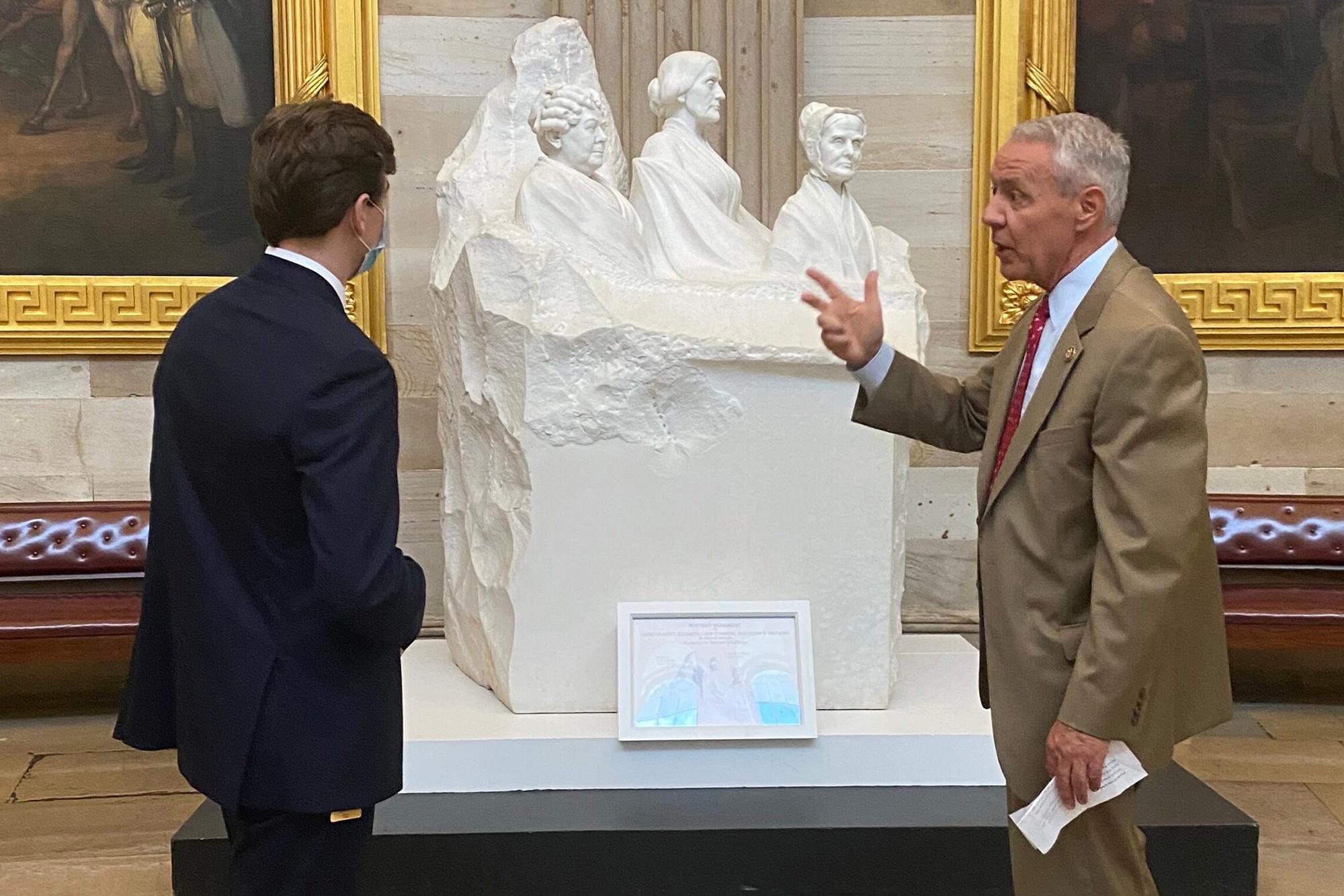
One of the perks of working at the U.S. Capitol is getting to take guests on tours. Before the pandemic you’d see crowds clogging the hallways every day — public tours with guides and constituent tours led by congressional staffers or, sometimes even a member of Congress. It’s part of the job that Representative Ken Buck says he enjoys.
But these days the halls are quiet; the building has been closed to tours since early March. Still, it inspires awe for the people who remain, including Buck.
Well before the pandemic, he started work on a book about the building, its contents and what they represent to him. “Capitol of Freedom: Restoring American Greatness,” with coauthor Shonda Werry, is out new this week.
“I make time to give tours as often as I can because the Capitol has a story to tell, and I want to give voice to that story,” he writes in the book.
Since an in-person tour to discuss the book wasn’t possible, Buck recently led me on a virtual mini-tour of Statuary Hall — him on the phone, me standing alone under its ornate pink half-dome ceiling. The room is lined with statues gifted from different states and at one point was the meeting place for the House of Representatives.
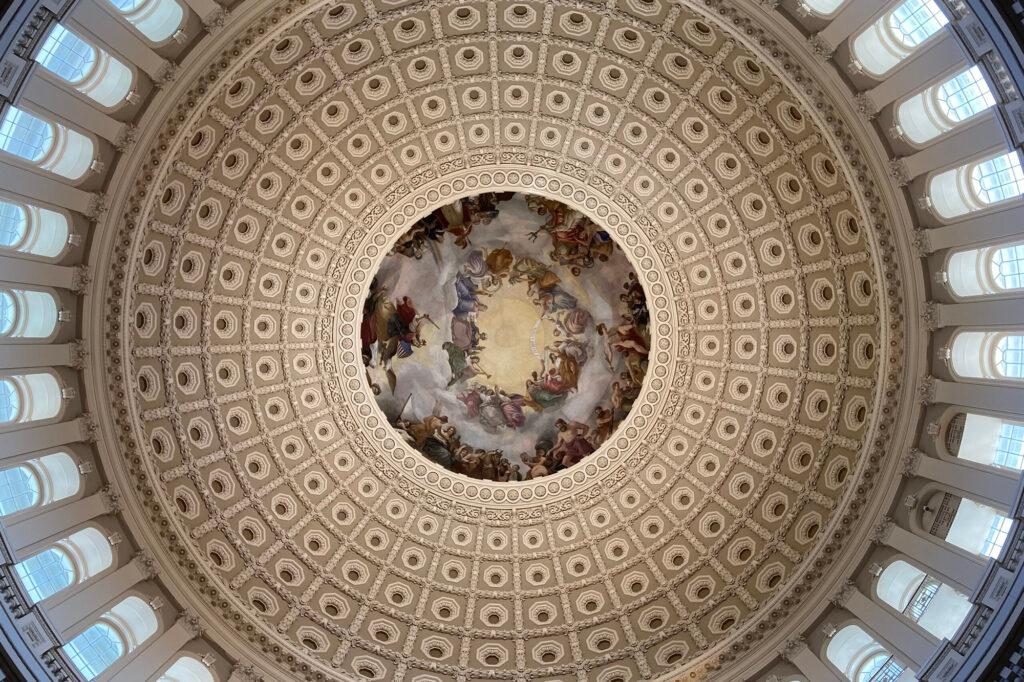
“I think the Statuary Hall is a great example of the history that you can see in the Capitol,” he said.
In a niche above an entrance sits the statue called “Liberty and Eagle”. The classical-looking woman — Liberty — stands between a fierce American eagle and a coiled snake, the symbol of wisdom. She holds a scroll in her right hand.
“The scroll is the Constitution, as if that statue of freedom is telling the members who are sitting on the floor that they should follow the Constitution as they consider their votes,” he explained.
For Buck, the Capitol, with its art, artifacts and architecture, tells the story of the nation's founding principles. And as a Republican politician, who is also chair of the Colorado GOP, that context is decidedly conservative.
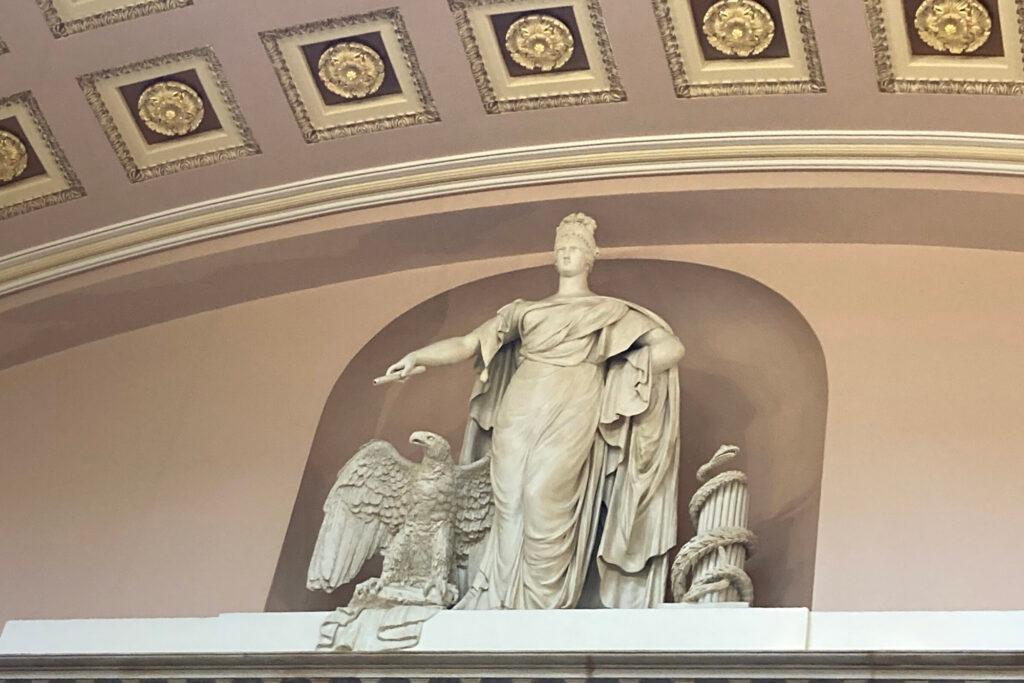
His literary tour of the building is also a guide to his conservative beliefs — finding support in the Capitol’s symbolism for the importance of property rights, gun rights, fiscal restraint and more.
He also challenges — maybe surprisingly — the notion that Congress is a co-equal branch of government. He sees it as the primary branch.
“Our founders wanted to make sure that we didn't create another monarchy, that we didn't have a president or a strong executive that ruled the country, that we were represented in a Republic — not a democracy, in a Republic — that was represented in a body like Congress,” he said.
In other words, Congress should write laws — not the courts and certainly not the president through executive orders. But while he’s critical of former presidents, including Barack Obama, he is more forgiving of the current head of his party, President Donald Trump, who, like the previous occupants of the office, has also pushed to expand the boundaries of executive power.
Buck is having a media moment right now. Aside from the new book, he’s also a leading character in “The Swamp,” a new political documentary out this week on HBO.
It was inspired by his first book, “Drain the Swamp: How Washington Corruption is Worse than You Think.”
Back in Statuary Hall, Buck directs my eyes downward, to the floor. Plaques underfoot mark the spots where former Representatives who also served as president, sat. They include Abraham Lincoln, and John Quincy Adams, who ran for Congress after his time as president.
“In the House, we call that a promotion,” Buck quipped.
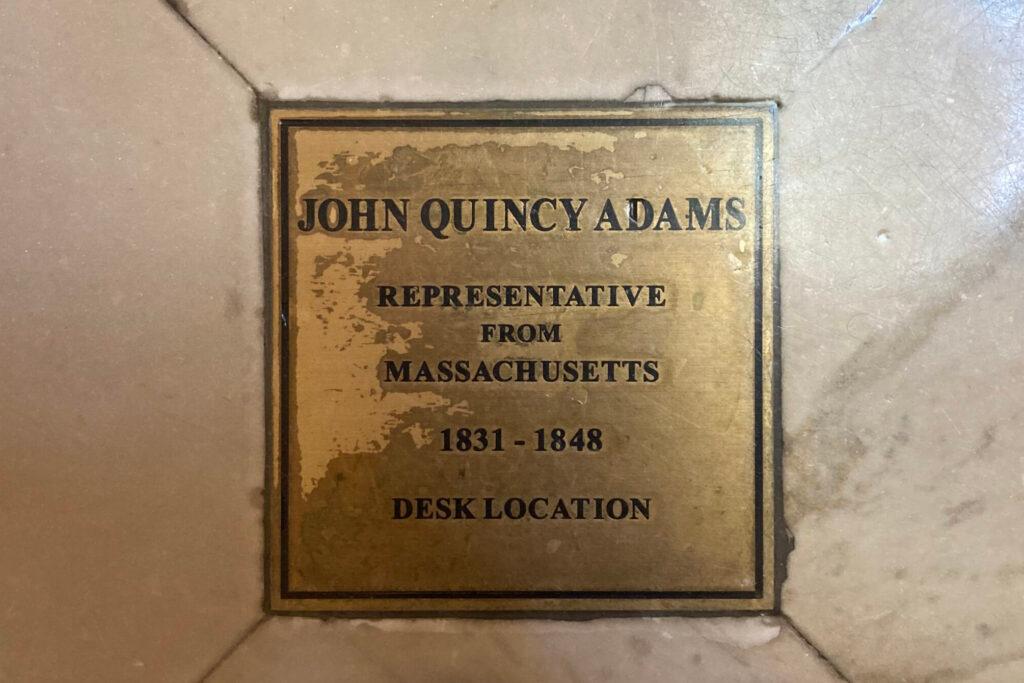
Adams also benefited from the architecture of the hall’s unusual half-dome ceiling. It creates a whispering gallery – an acoustical effect enabling someone to eavesdrop on a conversation several feet away, if they’re in the right spot.
And Adams’ desk was. It helped him know what other politicians were planning during some contentious debates.
“He had one good ear and he put that good ear to the ceiling and he could hear the whispering that those Democrats were doing,” Buck said.
For all the political red meat in the book, there’s usually an equally fun tidbit to be learned — like where in the building a reporter shot a congressman or that there's a replica of the Magna Carta tucked away in the Crypt (and that despite its name, no one is actually buried in the crypt).
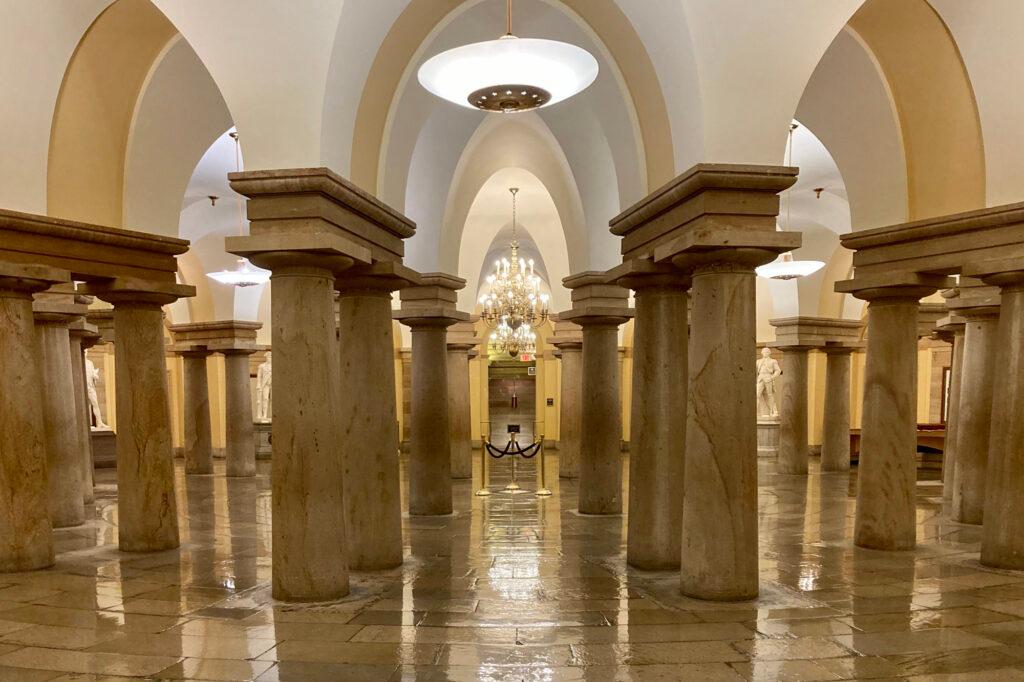
Every author wants their book to be read, of course, but Buck says he always wants to encourage more people to see its subject for themselves.
“They should come to the U.S. Capitol. They should take a tour — either with their member of Congress or one of the tour guides from the Capitol Visitor Center," Buck said. "And they should see for themselves the just magnificent museum and that we've created on Capitol Hill.”
But with the pandemic dragging on, there’s no timeframe for how soon the public will be able to take him up on that suggestion.








